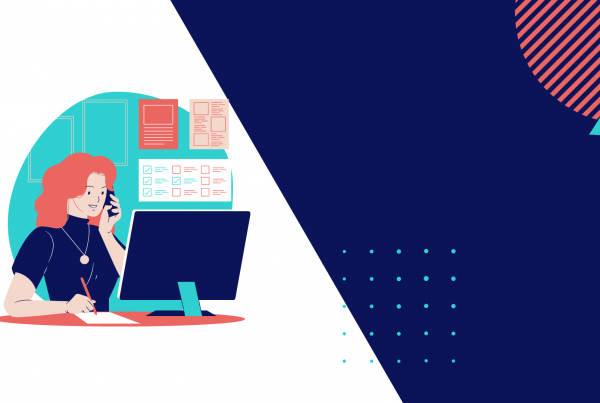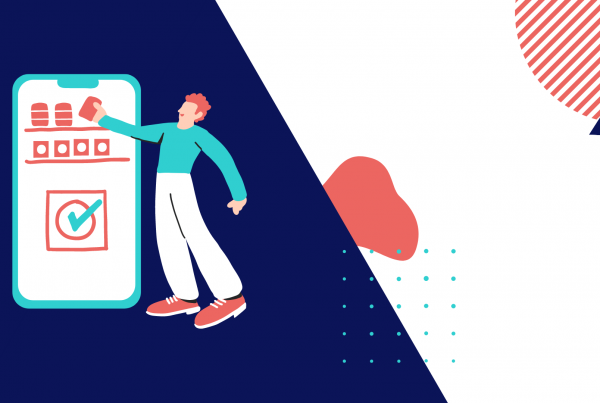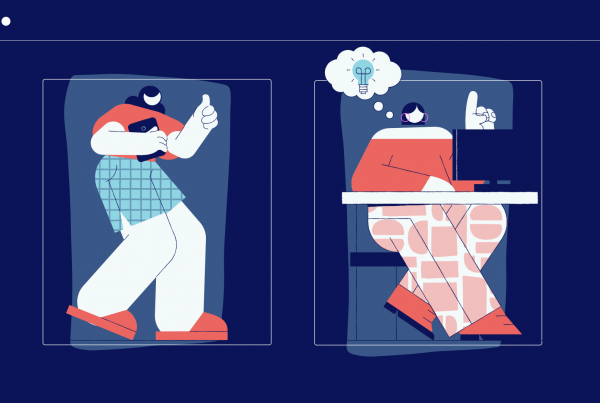Your customers have access to a microphone called Social Media. Don’t make them say bad things about you.
Whether you like it or not, times have changed. Drastically. Nowadays 3.2 billion people are active on social media platforms on a daily basis. This means customers have access to a microphone so powerful that your company’s name can be heard all over the world in a matter of seconds. Scary right?
As I mentioned in a previous article “the best marketer is a happy and loyal customer”. In today’s digital era, a single great review can generate interest and brand awareness among potential clients. But the other way around is also pretty common.
You probably have seen titles like “Major company does something incredibly inappropriate” or “Major Company has terrible customer service” all over Facebook these days. We do live in an era where users are more aware and demanding. And that’s precisely why you should focus on them.
What does customer-centric mean?
“designed to keep customers happy by finding out what they want and dealing with their problems quickly”
Being customer-centric is not just about offering great service. Although that’s important too. A customer-centric business takes advantage of consumer data to act upon its needs and struggles. Ensuring, in the end, a positive customer experience before, during and long after the sales cycle.
Customer-centric companies are 60% more profitable. These companies opt to identify the most valuable customers and bet on their happiness. This approach allows achieving a competitive edge and, of course, increase profits through customer loyalty and repeat business.
Although its importance in today’s age of the customer, becoming customer-centric is more challenging than it looks. It needs to be taught as a mindset across all departments of an organization. From developers and product managers to marketing and customer support.
How to become customer-centric?
1. Focus on your best customers

Most organizations focus their marketing efforts on the average consumer. A customer-centric strategy defends switching your attention to high-value customer segments instead. This means taking advantage of analytics tools to identify your most loyal user’s profile to define a successful business strategy.
To select your most valuable customers, first, look for active users that are committed to your product/service for the longest period of time. Then, you need to calculate CLV (Customer Lifetime Value). Take the revenue you earn from that customer, subtract the money spent on serving them and adjust the payments for the time value of money.
Third, identify natural brand advocates on social media. Which users have been engaging with your company’s content frequently? Which users leave positive feedback about your brand on several networks? Or share your posts on their private profiles? They are important.
2. Gather feedback regularly

You probably think you already know how to make customers achieve their goals. But what really matters is how high high-value customers perceive that particular experience. And make improvements. Listening to your customer’s point of view is at the very core of a customer-centric approach.
There are several channels that can be used so you can’t really have an excuse to not ask for feedback.
A good strategy would be to ask your customer support and sales team. These are the members of your organization that deal with the customer eight hours a day! Some will even know personal things like a favorite football team or birthday. It’s a completely different point of view from what the Product Manager gets. Use their suggestions to improve your product/service.
A great strategy would be to ask customers directly. The most effective channels are SMS, chats, social media pages or in-app surveys. You can also send an email but the average response time tends to be slower. Think through it, usually marketers and designers try to recreate customer journeys based on data and research. With feedback, you take advantage of real experiences and real emotions to make adjustments.
3. Proactive Customer Service

Now that you know your customers a little bit better it’s time to move from a reactive to proactive customer service. This phase is extremely important when moving to a customer-centric approach because it will help you reduce customer frustration and confusion!
Proactive customer service can have different shapes. But it all resumes to anticipating needs that the customers didn’t know they had. This consists of tracking specific behaviors such as cart abandonment or unclosed tickets about a specific product/feature and engage with the customer through email or chat.
If a customer leaves a 5-star review about your product or service, it’s a huge opportunity for you to boost sales and send a promotional message. You will want to remind this customer that there’s a reason why he gave such a great review. And not just let him/her forget the whole experience right?
Another great practice is to set proactive messages on your website to answer any questions that the high-value customer may have. Popular channels include Chat Bots, FAQs, PopUps and personalized Walkthroughs. You could use web tools that detect when a user stopped filling a form for example.
4. Take Data privacy seriously

If your company is entitled to the customer-centric badge, it needs to take Data privacy very seriously. Nowadays companies have easy access to personal information about their users. But that information, most of the time, is used with disrespect.
Let’s be real, no one enjoys receiving spam on their inbox or irrelevant ads about products they already bought. And with the implementation of GDPR, something needs to change. Your customers trusted you enough to provide their personal information. Selling information or spamming may lead them to loss of trust, and after that, loss of customers.
Make sure you have strong data regulations regarding privacy stated on your website to inform users how data will be processed. The next step is making sure that the customer’s data is used only to provide a better and relevant customer experience. And nothing else.
Customer-Centric Tools
- Helppier – We offer a powerful customer experience tool that you can use to automate customer support, answering common questions with interactive in-app guides. You not only can trigger personalized walkthroughs and tooltips for lost users but also measure the engagement and gather feedback.
- Connectivity – A platform to analyze your customer list and create a segmentation report by customer demographics. Besides, you can track every time a customer interacts with your business (phone call, purchases or automated emails).
- Optimove – A marketing platform with a predictive customer modeling that you can use to schedule triggered communications across channels and create self-optimizing campaigns.
- Hubspot – A full stack of software to organize, track and build better relationships with your customers. Furthermore, it offers marketing solutions such as create forms, run inbound campaigns and get insights.
- Google Analytics – One of the most powerful analytics tools to analyze your website’s performance and get relevant insights about your users (interests, age, actions, location, etc)
The majority of companies pay attention to making profit but you can’t do profit without customers. That’s the basic rule of surviving in business. And how can you get more customers? Becoming more customer-centric.
In the past, we have seen great brands like Kodak, ending up with no success. Why? After all, they transformed 35mm film to digital. But, in the end, lacked the belief that this was what customers wanted. Therefore, having an amazing product, plus a creative team all around the world won’t do much for you. If you don’t focus the attention to the right place.
Remember in the age of the customer, you can take advantage of a powerful microphone. As soon as there is something nice to say.





